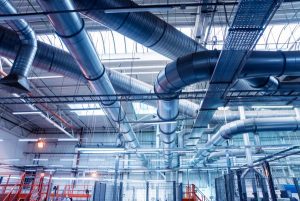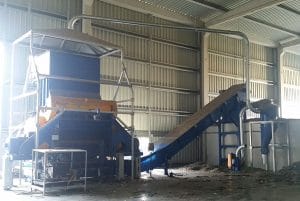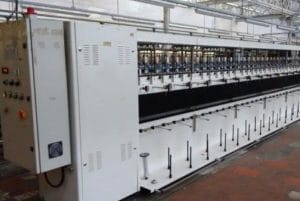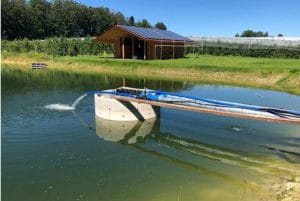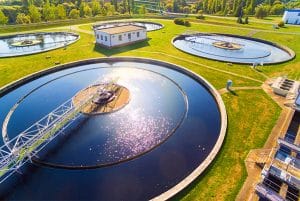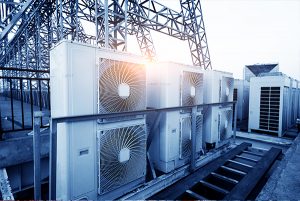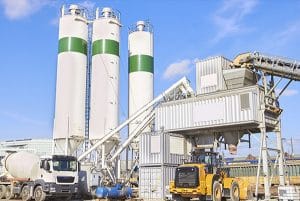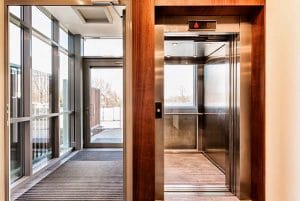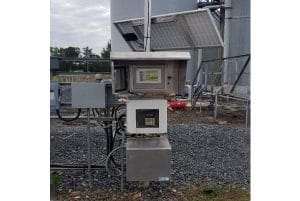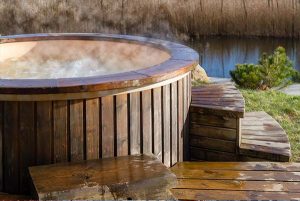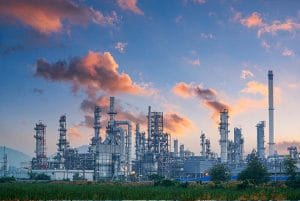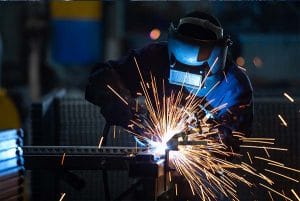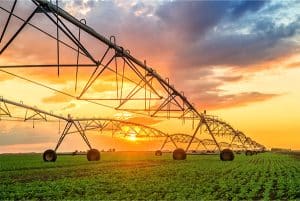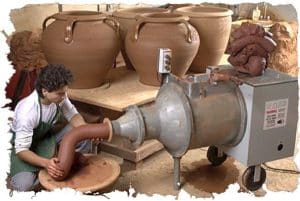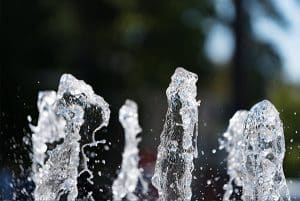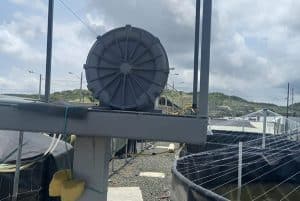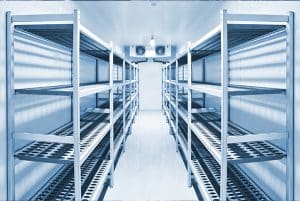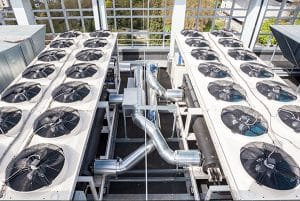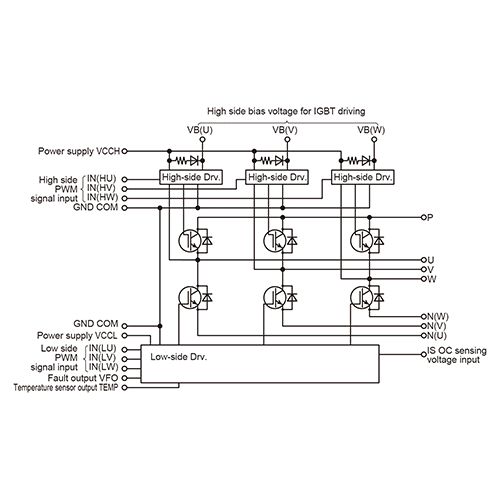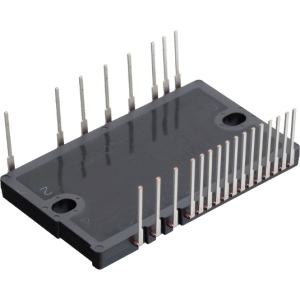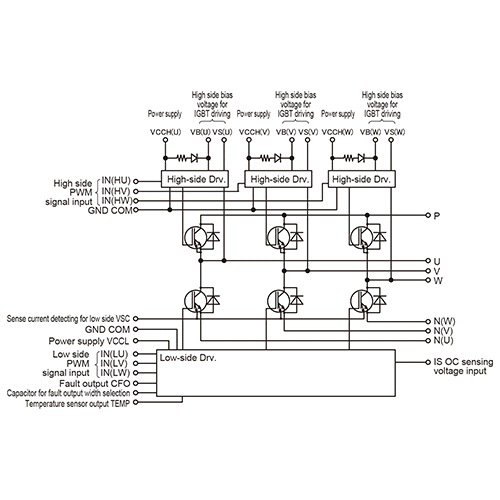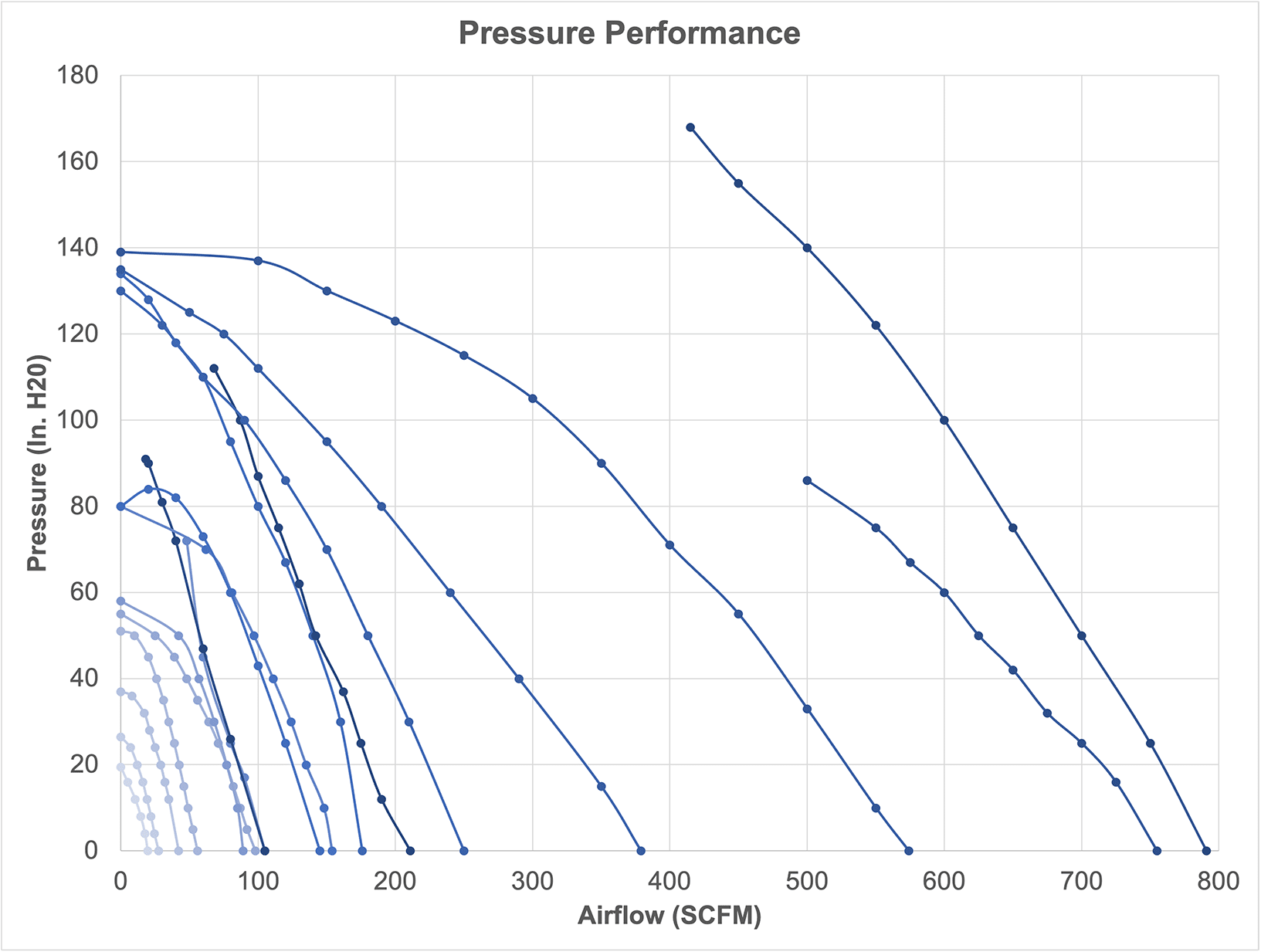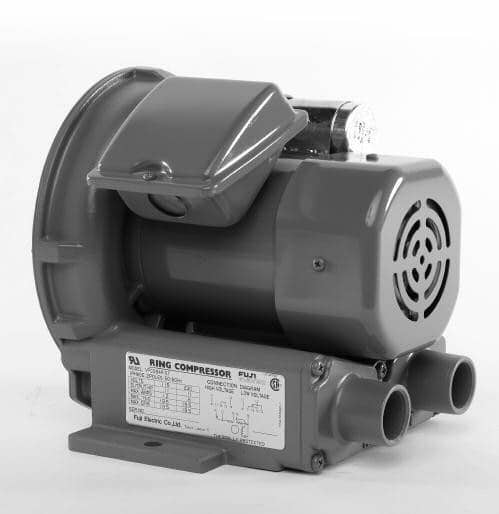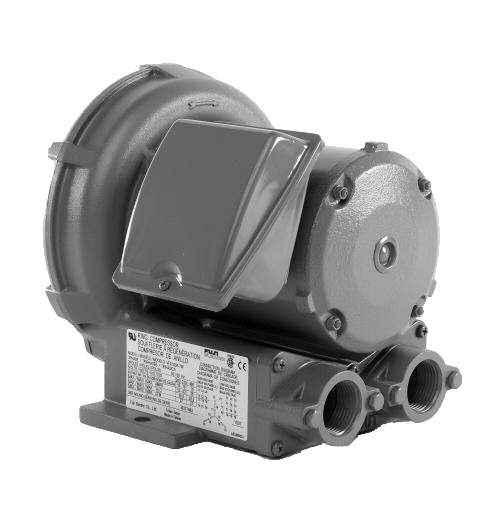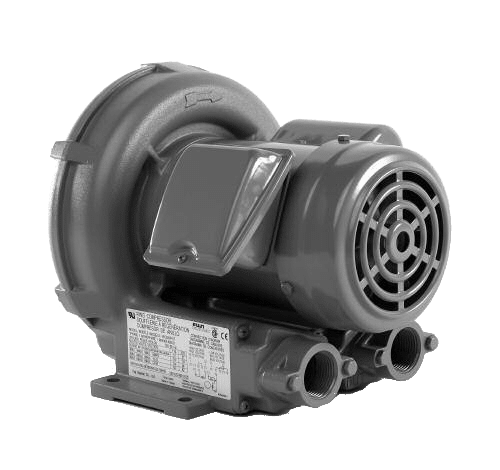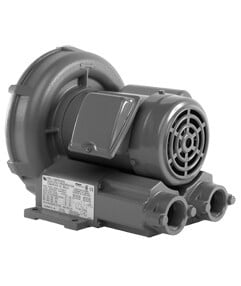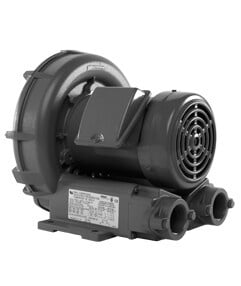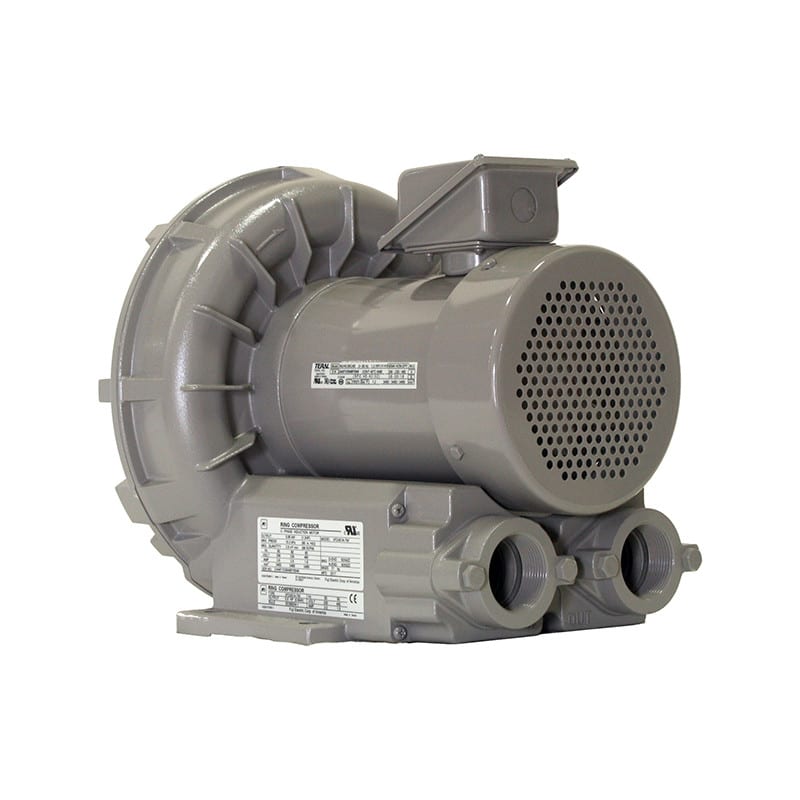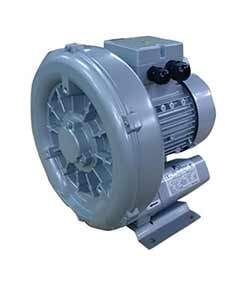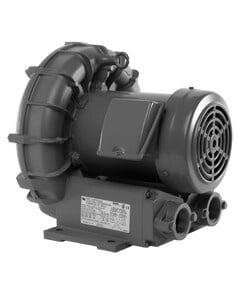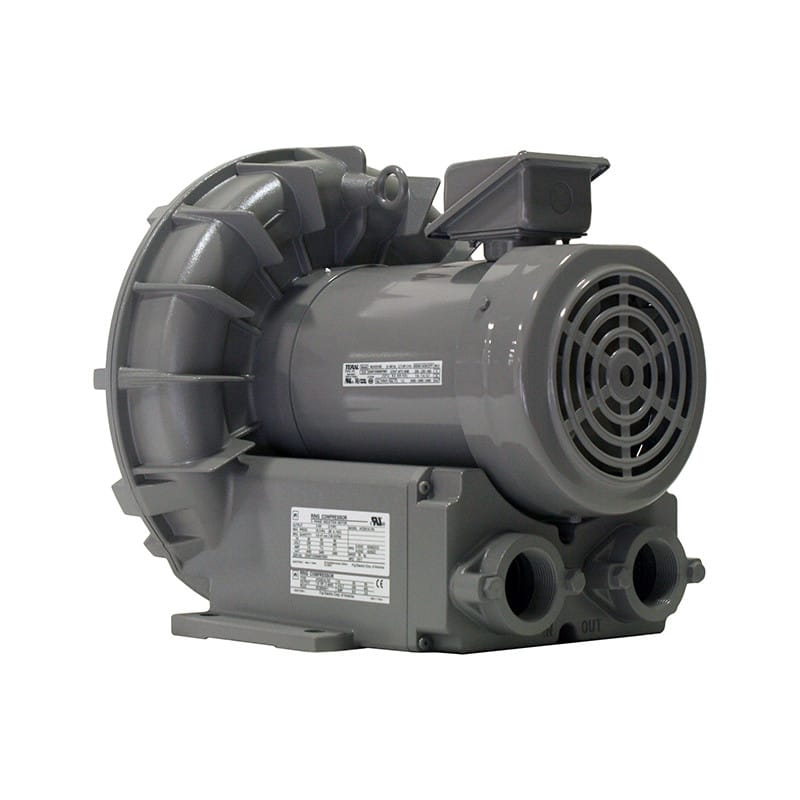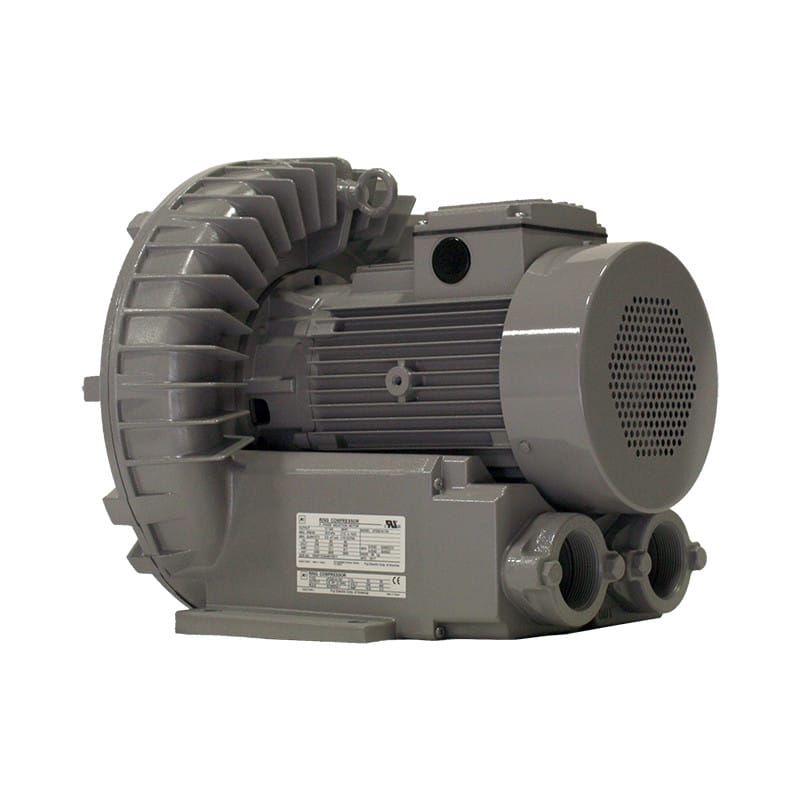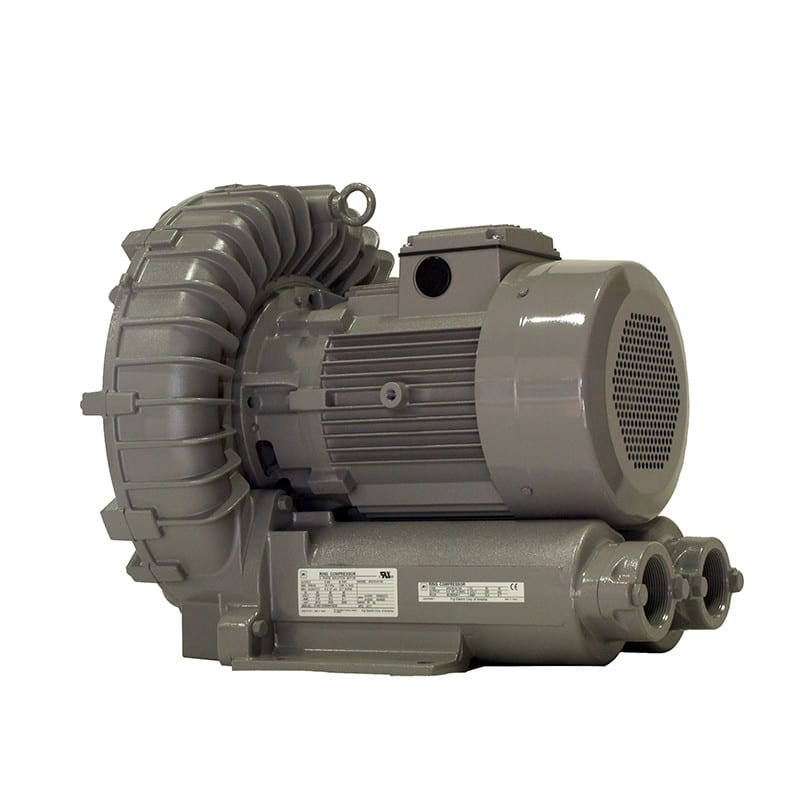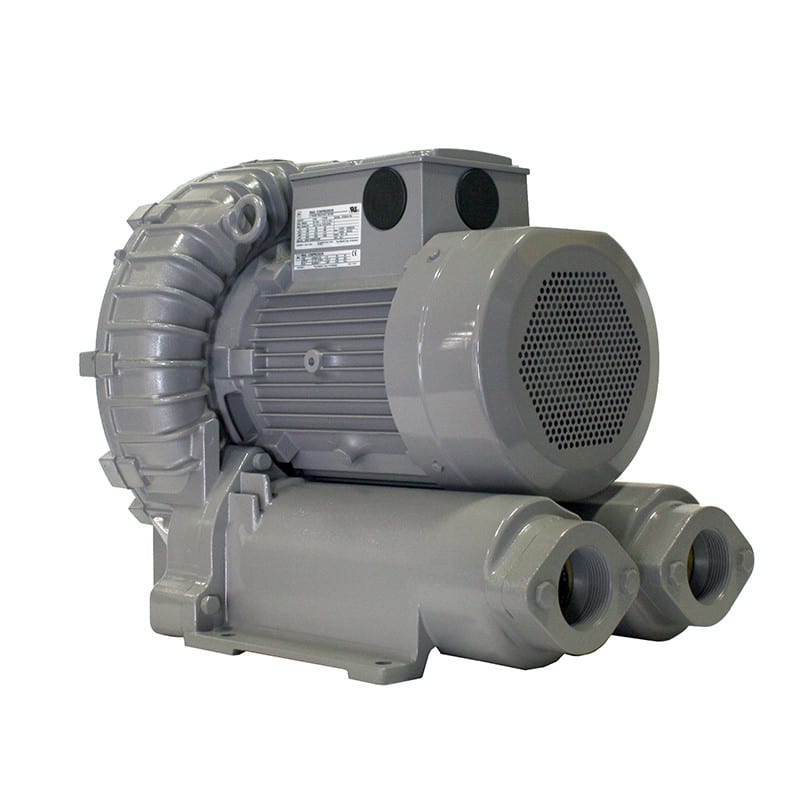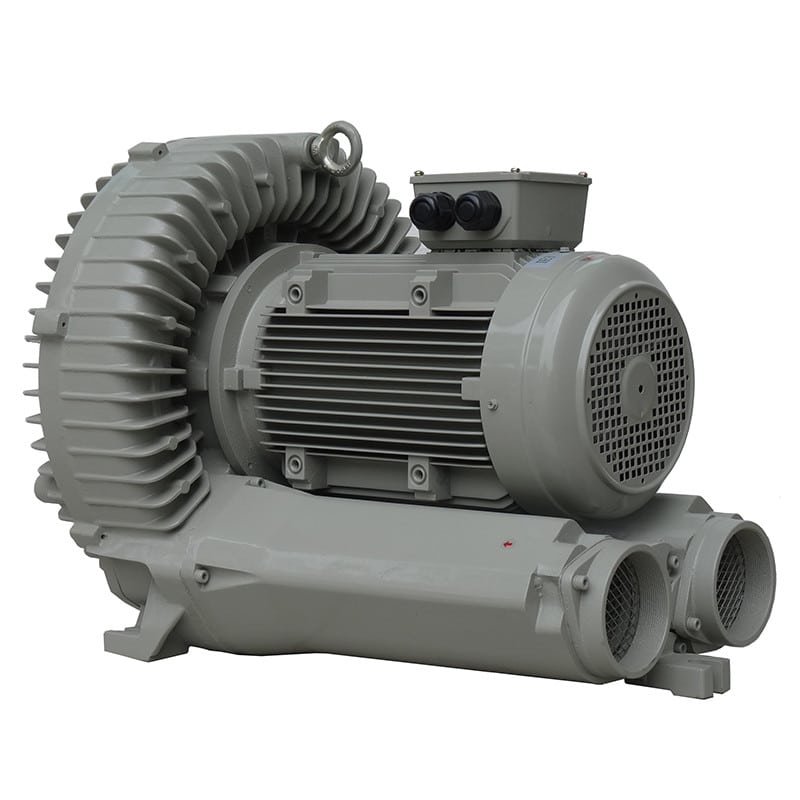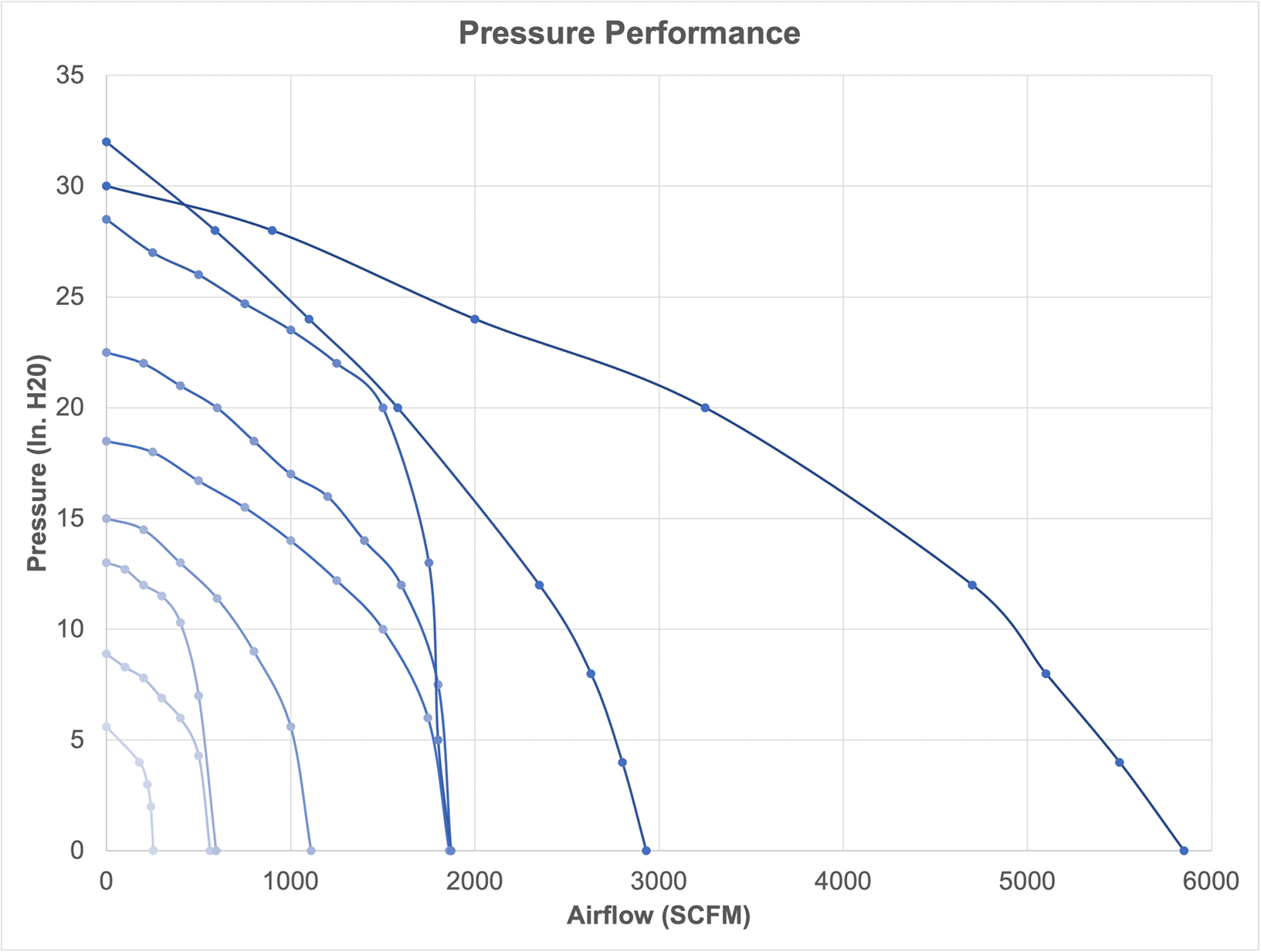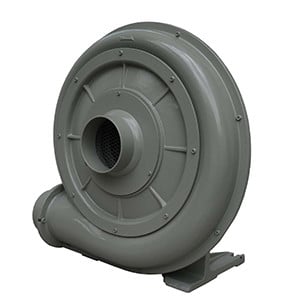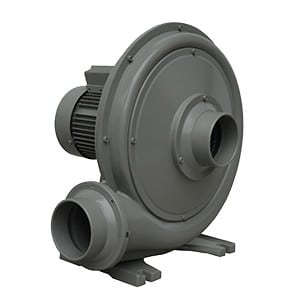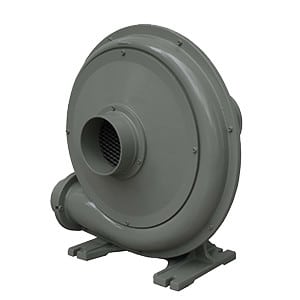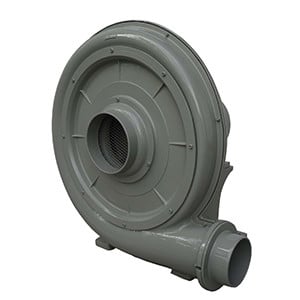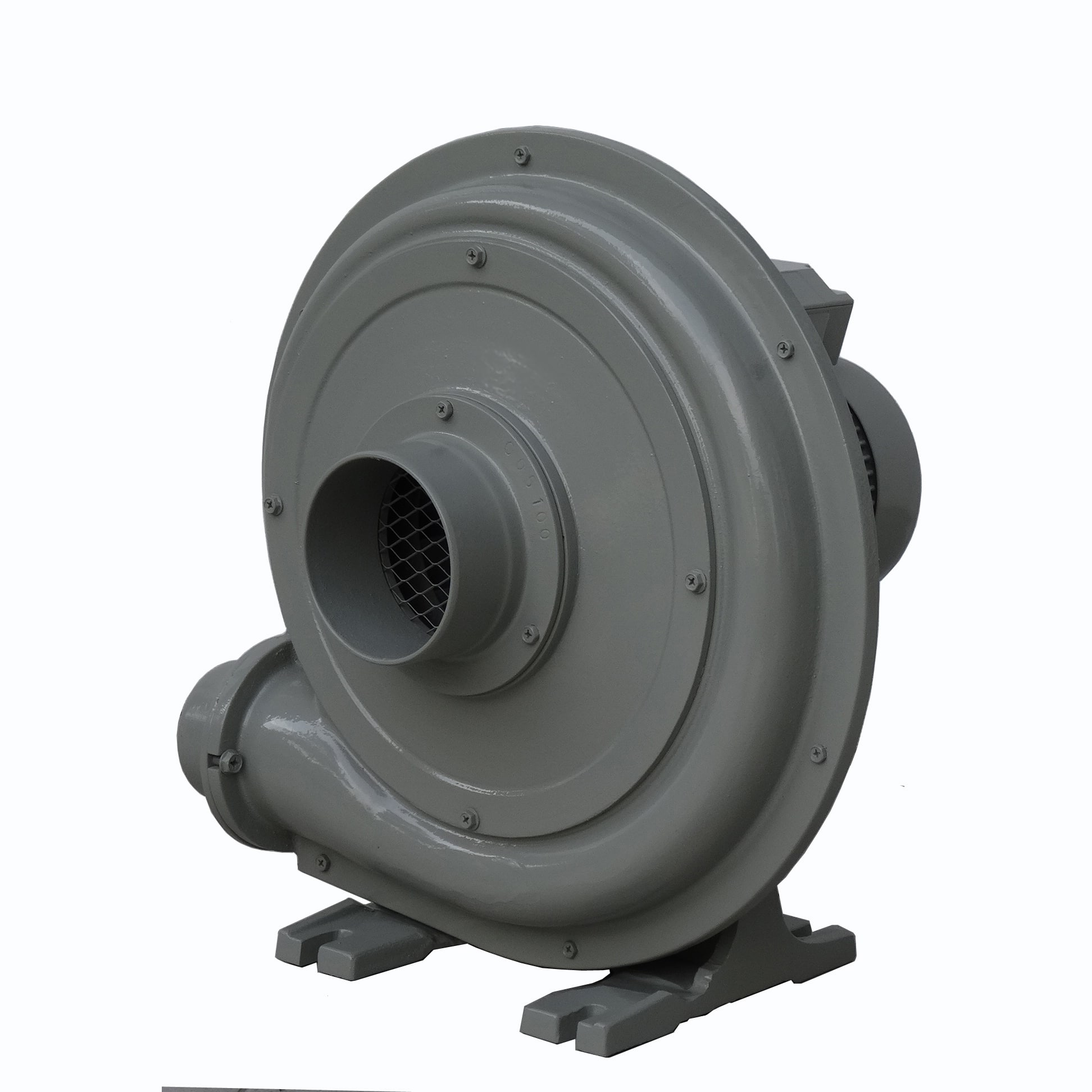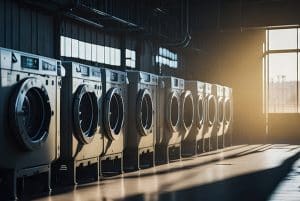When selecting an air pump, the most important factor to consider is the application’s specific requirements, as these will dictate the pump’s performance, suitability, and efficiency. Below is a breakdown of the key considerations: 
- Application Requirements
- Purpose: Determine what the pump will be used for (e.g., aeration, inflation, vacuum generation, industrial processes).
- Type of Medium: Confirm the pump is designed for air or gases, not liquids.
- Operating Environment: Consider factors such as temperature, humidity, and potential exposure to corrosive elements.
- Performance Criteria
- Pressure Requirements:
- Low-Pressure Applications: Aquarium aerators, air mattresses, etc.
- High-Pressure Applications: Industrial compressors, pneumatic tools.
- Ensure the pump can meet the desired pressure levels (measured in PSI or bar).
- Flow Rate (Capacity):
- Measured in CFM (Cubic Feet per Minute) or LPM (Liters per Minute).
- Choose a pump that provides sufficient airflow for the application.
- Duty Cycle:
- Determine whether the pump will run continuously or intermittently.
- For continuous operation, select a pump designed for high-duty cycles to prevent overheating or wear.
- Noise Levels
- Some applications, such as medical devices or residential uses, require quiet operation. In these cases, diaphragm or rotary vane pumps are typically better than piston or centrifugal pumps.
- Power Source
- Electricity: Most common for residential, commercial, and industrial use.
- Battery-Operated: Portable pumps for small-scale or emergency use.
- Manual or Combustion-Powered: For remote or heavy-duty applications where electrical power is unavailable.
- Size and Portability
- Space Constraints: Ensure the pump fits the designated area.
- Portability Needs: Consider the weight and ease of transport for mobile applications.
- Material and Durability
- Corrosion Resistance: If the pump will be exposed to moisture or corrosive environments, ensure it is made from durable, resistant materials like stainless steel or plastic.
- Longevity: Industrial applications may require robust construction for extended use.
- Energy Efficiency
- Opt for energy-efficient models to reduce operational costs, especially for applications requiring continuous use.
- Maintenance and Reliability
- Ease of Maintenance: Choose a pump with accessible components for routine checks and repairs.
- Reliability: Research the brand’s reputation and reviews for reliability in similar applications.
- Cost and Budget
- Balance the upfront cost of the pump with long-term operational costs, including energy consumption, maintenance, and repairs.
- Safety and Compliance
- Ensure the pump meets relevant safety standards (e.g., CE, UL, or ISO certifications) for your industry or location.
- For medical or critical applications, check for additional certifications or approvals.
Most Important Factor
While all these factors are important, matching the pump’s performance (pressure, flow rate, and duty cycle) to the application’s specific requirements is the most critical. Without this alignment, even the most advanced pump may fail to meet the system’s needs effectively.



